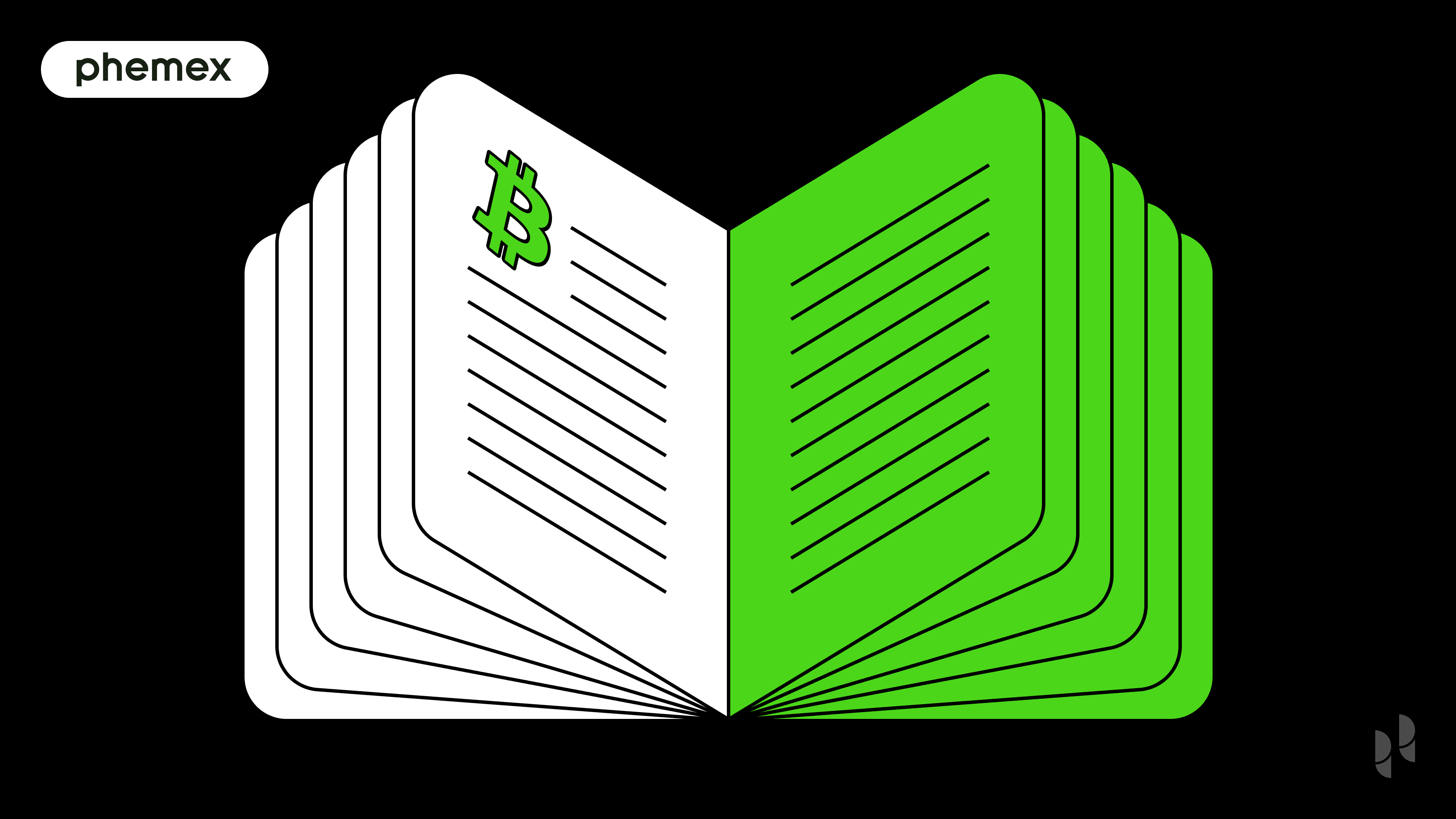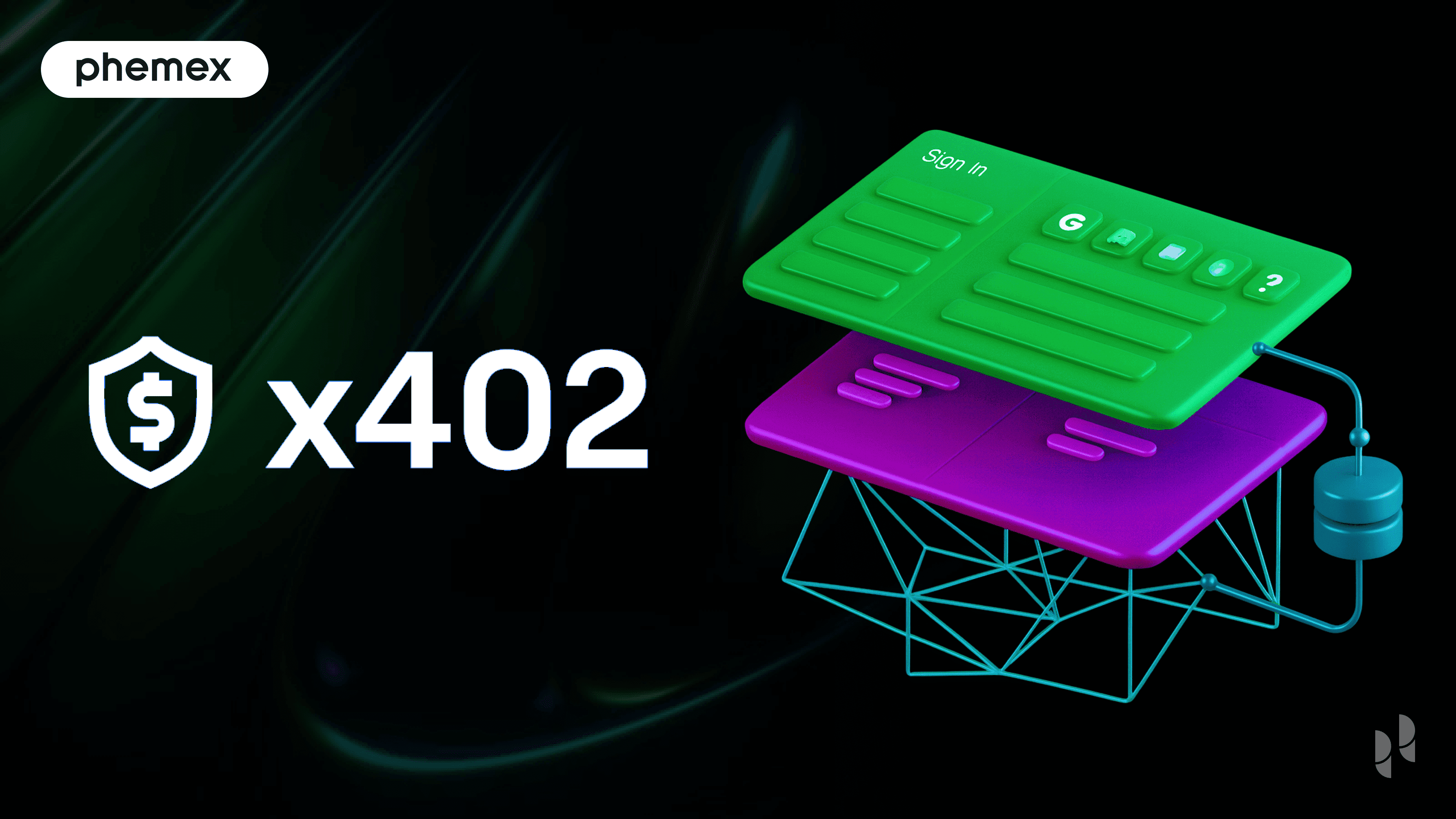
Have you ever come across the term "controlled burning"? You might not be familiar with it, as it's a concept in forestry, not cryptocurrency. Controlled burning involves deliberately setting planned fires to prevent uncontrolled wildfires from causing damage to the landscape. It might sound extreme, but it's a method that helps maintain the health of the forest when faced with a more severe threat.
In the realm of cryptocurrency, token burning operates on a similar principle, although there's no actual burning involved. It's a catchy name used to describe the permanent removal of tokens from circulation.
You might wonder why cryptocurrency projects would intentionally eliminate their own tokens. To understand the rationale behind this practice and learn how to discover profitable projects that use this method, let’s dive into how token burning works and examine its diverse applications within the cryptocurrency ecosystem.
What is token burning?
Token burning is a deliberate process in which a specific quantity of coins is taken out of circulation, resulting in a permanent reduction in the overall supply. It is often used to create scarcity and boost the value of the remaining tokens.
How does token burning work?
The process involves sending the tokens to a location commonly referred to as a “burn address”, where they become irretrievable. It is essentially a digital wallet without a private key, rendering the tokens within it inaccessible and subsequently, making them untradeable forever. For example, the ETH burn address 0x0 contains nearly $19 million worth of tokens at the time of writing. And those tokens can never, ever be used by someone- token burning is a one-way ticket.
Moreover, there are alternative methods of burning cryptocurrencies. Some networks integrate a “burn” function into their smart contract, while others routinely burn a small portion of the transaction fees. For example, within the Ethereum network, every transaction reduces the supply of ETH tokens. Unlike the traditional burn address method, this reduction occurs at the protocol level, with tokens being eliminated by the network itself. This form of burning takes place gradually and may not be observed by the users on a daily basis, but it serves to safeguard the value of ETH by slowly decreasing its supply.
Why do some crypto projects burn tokens?
Increasing value
In situations where there is an oversupply of tokens in the market, the value of those tokens tends to remain low because the demand does not surpass the available supply. Token burning can play a significant role in addressing this issue by serving as a deflationary mechanism. The primary rationale behind token burning is to create scarcity and increase the value of the remaining tokens. When a portion of the tokens are rendered useless, supply and demand dynamics change, potentially driving up the token's price. Sometimes, projects burn unsold tokens right after the ICOs, giving their early investors an edge with increased prices of their assets. This, in turn, can instill confidence among investors, subsequently boosting demand.
It’s crucial to emphasize that a significant number of tokens must be burned to exert an influence on the price. Additionally, external factors like prevailing market sentiment can significantly affect coin prices. In most cases, however, there’s a correlation between scheduled token burns, given that an adequate amount of tokens are burned.
A recent successful example is MakerDAO’s token MKR, which saw a 28% increase in a week, driven by the launch of its token buyback scheme called Smart Burn Engine. Serving MakerDAO’s broader strategy to maintain the stability of its stablecoin, DAI, this mechanism is designed to allocate excess DAI stablecoins to purchase MKR and remove them from the market. This buyback/burn scheme boosted the price of MKR in July of this year, as illustrated below:

Creating effective tokenomics
What is tokenomics?
Tokenomics refers to the economic system governing a token, taking into account factors like the creation, distribution, supply, and functionality of a cryptocurrency within a blockchain ecosystem. Projects with strong tokenomics help maintain a token’s value in the long run by rewarding early adopters, creating a deflationary environment, and ultimately ensuring sustainable growth.
Why is token burning important for tokenomics? Discover profitable projects
Projects that regularly burn tokens to create scarcity signify that the community behind them is working towards long-term sustainability. Projects that burn tokens after their ICO, for example, end up incentivizing their early community members by enhancing the value of the newly launched coins. Ethereum, on the other hand, demonstrates that it continually invests in the blockchain by automatizing its token burning at a modest, yet sustainable level.
Expanding on the case of Maker DAO, the platform created scarcity and demonstrated the potential of its decentralized autonomous organization (DAO) through its token burning strategy. Community members voted to remove MKR tokens from circulation, actively participating in the Web 3.0 project and, as a result, bolstering investor confidence by showing the transparent and democratic nature of its governance. Moreover, with a surplus of DAI, the buyback/burn initiative conveyed a message about the project’s well thought-out tokenomics. In essence, token burns may serve as a secondary yet significant means of highlighting the long-term financial prospects of a project.
Investors can significantly improve their chances of making profit by choosing projects that invest in tokenomics and build a strong foundation early on. Phemex, for instance, is launching its decentralized Web 3.0 platform known as Phemexia built upon a carefully designed tokenomics framework. It offers numerous opportunities for making profit and active participation in governance to early community members.
Providing an alternative consensus mechanism
In addition to maintaining the supply/demand equilibrium and advancing tokenomics, token burning serves as an alternative consensus mechanism, known as Proof of Burn. This method entails miners staking their coins to become network validators, and they are required to send their staked tokens to a burn address. Validators are selected based on the amount of tokens they burn. Proof of Burn holds particular appeal for environmentally conscious investors, and projects adopting this consensus mechanism demonstrate a commitment to eco-friendly cryptocurrency practices.
Other examples of token burning
Shiba Inu token burn
Shiba Inu (SHIB), a meme-inspired coin has recently gained popularity due to the substantial number of its native tokens being sent for burning. As depicted in the table below, the project embarked with an enormous reserve of one quadrillion SHIB tokens, the project has witnessed an impressive burn rate, exceeding 300% in the past week alone. Furthermore, the preceding week witnessed the incineration of over half a billion tokens. This remarkable burn rate demonstrates the project team's commitment to reducing SHIB's massive supply, potentially increasing its overall value. Furthermore, this strategy is designed to safeguard the long-term sustainability of SHIB by mitigating inflationary pressures.

BNB burn
Binance Coin (BNB) uses its Auto-Burn program to periodically reduce the total number of coins. In July 2023, BNB Chain successfully executed its 24th burn, automatically burning nearly 2 million BNB coins. This process relies on on-chain data to calculate the number of tokens to be burned, offering users transparency and predictability. The burn rate increases when BNB experiences a decline in value, maintaining the balance between supply and demand.
Curve exploit
Not all token burns serve a noble cause, as demonstrated by a recent incident involving the decentralized exchange Curve. In this case, hackers exploited the liquidity pools and used various methods, including a burn operation, to remove liquidity. While such events are infrequent, they highlight the potential for malicious actors to misuse burning mechanisms. In some instances, pseudo-organizations may falsely claim to execute burns, directing users to active addresses instead of designated burn addresses. As a precaution, it is essential to always exercise due diligence and conduct thorough research on project’s tokenomics before transferring any assets.
Final remarks: Maintaining balance in tokenomics
With the Web 3.0 revolution around the corner, investors will increasingly seek projects that ensure fair distribution of assets through transparent governance, in addition to their profit potential. Token burning can serve as a valuable and potentially lucrative strategy for both projects and investors, helping to maintain the tokenomics and balance inflation. Given its collaborative nature, token burning also serves as a signal to prospective investors, showcasing transparency and a commitment to democratic governance. Developing a profound understanding of this practice can equip you to identify profitable projects and assess their tokenomics effectively.
Read More
- What does it mean to Burn Crypto?
- What Are Crypto Tokens? How Do They Work?
- How to Identify a Scam Token Project?
- What is a Token Generation Event (TGE)? How Does it Work?
- What Are LP Tokens? A Step-by-Step Guide to Creating Your Own LP Token & Launching a Coin
- What is a Crypto Airdrop: Why Projects Airdrop Crypto?
- What is Tokenomics: Internal Economy of Blockchains
- Top 9 Important DeFi Performance Indicators for Successful Investing








